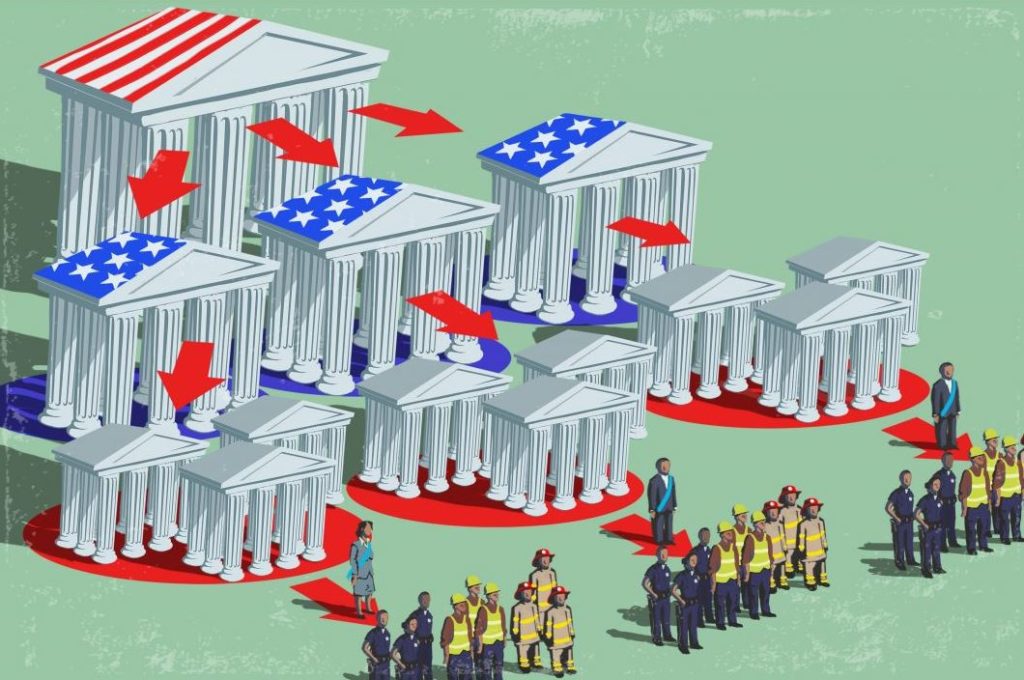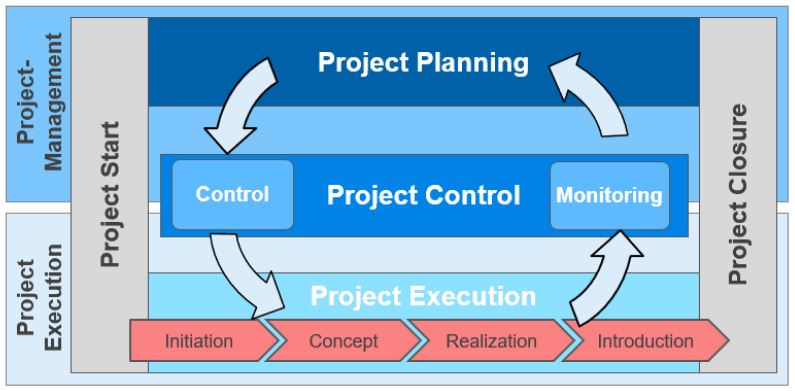Federal Government
The federal government is a system of government in the United States that has got three main branches that are the legislative, the executive, and the judiciary. It splits up the power between the national and the local governments connected to each other by the national government. The constitution created a representative government that incorporates the three branches. It developed the federal system by restricting the civic government activities to a few areas, for example, collecting and paying taxes, controlling the commerce, lending money on credit, coming up with smaller courts, making currency, defense provision, and providing patents. The constitution encountered amendments for the 10th parliament, and it vested the other remaining powers to the states. Therefore, any power not given to the federal government remains to be the powers of the state or national government. The purpose of this paper is to examine the politics of the government cabinet, the bill of rights in the constitution, the public officials, and racial diversity in the learning institutions.
The first ten amendments to the United States Constitution constitute the bill of rights. It addresses the majority of the rights of the citizens and limits the federal government powers to protect the rights of all America citizens. The bill of rights protects the religious freedom, speech freedom, authority to bear and keep arms, the petition freedom, and the assembly freedom. It prevents self-discrimination, cruel punishment, and amongst all forbid the federal government from stripping the life any citizen, property or the liberty without following the law process. The rights that are in the Bill of Rights was intended for the federal government and not the local or state governments (Black, p. 35). The individuals’ rights safeguarded from the state interfering only by the institutions of the state themselves.
The new slaves entered after the American Civil War and this changed with the introduction of three amendments for the protection of their rights. Primarily, this forbids slavery and protect the voting rights from racial discrimination. The Supreme court rejected and refused this view stating that specific rights in the Bill of Rights are fundamental, when the state denies, it denies the law process. Every state safeguards the rights of every citizen. The antifederalists labeled the federalists as manipulative, hungry for power and dismissive of the peoples’ rights (Berkin, n.d. p. 21). Therefore, each state should protect the fundamental rights of all citizens within the state.
Federal Government and Congress
The committee system in the Congress is beneficial to the lawmaking process. The lawmaking process starts with a bill introduced then sent to the committee where the chairperson submits the bill to the subcommittee, and maybe the hearing can be held. The committee system is a method to provide the division of labor in the legislature and specialization. The committees and the subcommittees performs most of the legislature work in the Senate and the house. There is the committee formed called conference committee that constitutes an agreement between the Senate and the house on the maters of legislature actions. The house committee suggests the time taken on a debate for most bills. The committee system provided a solution problem of collection, that is, allowed the House to perform legislation. The system was effective in the enactment of bills of farm and public-works (Sinclair, p.23).
The president nominates the cabinet appointees to the government. The President does this before the inauguration process takes place. Most of the appointees have got a broad political relationship with the president regarding the party, or they are respected people due to their level of expertise and skills. I think the cabinet appointees should primarily be making their decisions and formulating opinions since the president requires them to perform (McKeever & Davies, p. 104). The civil servants are supposed to disband the political considerations and give advice which is neutral and free from political inclination. Since politics ended when the president was elected, then the work should begin, and every appointee is neutral of any political party and work for the state.

The politics and legal issues are so intertwined that one cannot separate as there is a thin line between them. Majority of the politicians have studied law and a political system founded on a majority rule was perceived as unwise because the societies include the more ordinary individuals than the elite thinkers. The supreme court bases their work on laws which are noticeable but should not include the composition of seasoned politicians since whenever there is a case involving a senior person in the government, he or she is swayed easily. The power of competence regarding law should only have the career jurists included in the composition of the court. The court is a representative of the democracy that provides the citizens its total belief in them.
I don’t agree with the fact that college or a university should not promote racial diversity during the admission process. The ethnic diversity supports racial discrimination which goes a long way into the society. In the United States, the institutions exercise slavery and segregation which restrict specific racial groups from getting into the colleges and universities. The non-Americans and other minority ethnic groups are left out of the education since the system will become selective against them. The admission should only be made available to those who deserve regarding merit and not racial diversity since there are those who deserve but they are from the ethnic minority groups. They undergo discrimination in their thirst for education.
The “Revolving Door” laws have been criticized and accepted in the same measure. Those who support the system argue that the interconnection between public and private sectors enables pool cultivation of people with knowledge about policies and business which gives a benefit to both sides. There is knowledge exploitation by the new employers to achieve privileged access, and there are employment conflicts when senior officials get employment in the new institutions. The transition allows sharing of costs and pooling the information that the private companies would not get access (Harris, p. 166).
The public officials gain more favor regarding allowances in the fact new transitional allowances given for their independence. Also, on the other hand, this transition leads to the brain drain to some extent, the knowledge expertise when they leave moves with their talents to the new employers. The commission must prevent the interests from private sectors in buying the bids from the public officials by giving them high-income jobs once the public officials go out of the public service. Commissioners could exploit the initial status to influence the former staff on the representation of the new employees.
Voting should not be restricted to those with a college education. Primarily, this is entirely against democracy, and this could lead to people from a wealthy community leading the government for many years. The uneducated, the poor, unrepresented and the oppressed are discriminated and suffer forms of bad governance. Allowing the people to vote is a fundamental right in the U.S.A, and everyone should be entitled to participate in the voting process. Instead, the state should educate the people to make better decisions rather than restricting the uneducated from participating. Moreover, it would be unfair to the people who cannot afford to attend the college education and feel the desire to vote. I think in my opinion, there are innovators like Mark Zuckerberg and Bill Gates who never went to school but are great people in the society. They should be able to vote.
Regressive tax in the tax that occupies a more significant percentage as the income drops, while the progressive tax is the tax that takes a more significant income percentage as the income increases. The flat tax, on the other hand, occupies a fixed income percentage. I believe the flat tax is fair since the tax is directly proportional to the income, as the income increases the tax also increase but at the same rate as the tax. Therefore, no matter the income level, the tax remains proportional. Moreover, this cannot oppress those who are earning less, but the tax is higher. All the taxpayers especially in this category those earning less are taxed equally and do not feel the pinch so much taxation.
Works Cited
Sinclair, Barbara. Legislators, Leaders, And Lawmaking. Johns Hopkins University Press, 1998. Pp. 23
McKeever, Robert, and Phillip Davies. A Brief Introduction To US Politics. Taylor And Francis, 2014. Pp. 104
Harris, Paul G., ed. Routledge handbook of global environmental politics. Routledge, 2013. Pp. 166-167
Berkin, Carol. n.d. The Bill Of Rights. Pp. 21
Black, Hugo L. “The bill of rights.” NyUL Rev. 35 (1960): 865. Pp. 35
Relevant Posts
Economics Dissertation Topics
Econometrics
If you enjoyed reading this post on the federal government of the United States. I would be very grateful if you could help spread this knowledge by emailing this post to a friend, or sharing it on Twitter or Facebook. Thank you.




